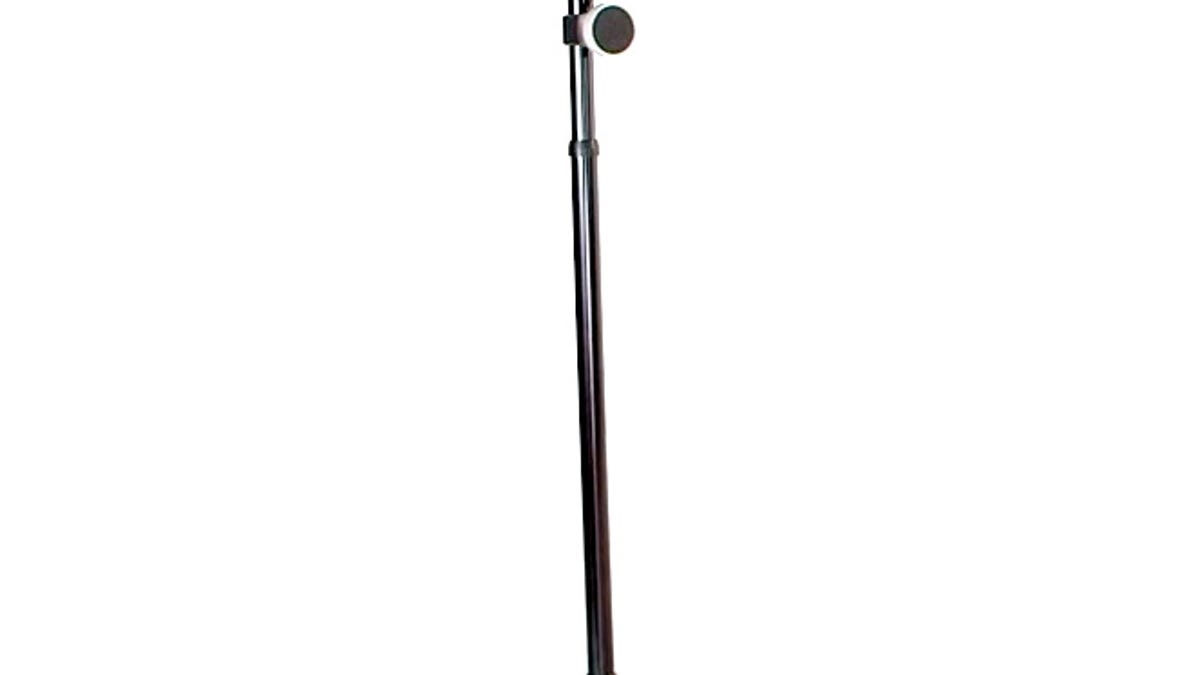Your robot double is ready to roll
Double Robotics hopes its $3,000 roaming iPad-on-a-stalk devices will attract more companies seeking to give their telecommuters a more interactive work environment.
You may not have heard of telepresence robots, but a startup called Double Robotics hopes to change that with the second generation of its device.
Telepresence robots represent you from afar, allowing you to roam corridors with co-workers, glide into offices for private chats and continue conversations in the company cafeteria. The Burlingame, California-based company wasn't the first to the technology, but it did pioneer a less-expensive approach by mounting an Apple iPad tablet atop a stalk with motorized wheels.
A person uses a computer to pilot the robot around a distant location by typing in keyboard controls. They can see what's in front of the robot by way of images transmitted from the tablet's camera back to their computer screen. At the same time, their computer's camera transmits live images of their face to the robot's tablet so people looking at the tablet can see and talk to them.
Double Robotics launched the new version of its product on Wednesday at the Consumer Electronics Show in Las Vegas. The 35-employee startup hopes that the Double 2's features will prompt current customers to expand beyond the testing phase and attract new companies too.
"We've sold over 5,000 units now. We expect to have quite a spike with this release," Chief Executive David Cann said.
The boundaries between work and home have been blurring for years with telephones, pagers and e-mail enabling bosses to reach subordinates at all hours and allowing employees to work from home and hotels. Smartphones accelerated the trend with a constant network connection. Now telepresence robots could make remote working even more like the real thing by giving you a virtual body and face.
The Double 2's lateral stability control feature is designed to let it pass over cords and carpet edges more smoothly than its predecessor.
Compared with its predecessor, the Double 2 can better navigate bumps like cords and rug edges without tipping sideways. It also drives fast enough to keep up with people walking at full speed and gets a wider-angle camera option so the pilot can see groups of six people, not just two, Cann said.
"We think bringing these new features out will make people feel more confident to roll this out to more novice employees and make it a standard part of telecommuting policy," he said.
The first-generation product cost $2,500, but accessories raised the price to $3,500. The Double 2 is $3,000 including the accessories.
Eventually, telepresence robots could be used for entertainment and recreation, not just for business and education. But a more immersive experience would be better for those potential uses. That's why Double Robotics is eyeing virtual reality technology that would let the operator of a telepresence robot see a 3D world, as well as improving sound.
"We're totally excited about the VR revolution," Cann said. One hitch, though, is that people on the other side of the connection want to see your full face, not bulky virtual reality goggles.
"If there's a big black thing on your face," Cann said, "there's not much point to having your face on a screen."


